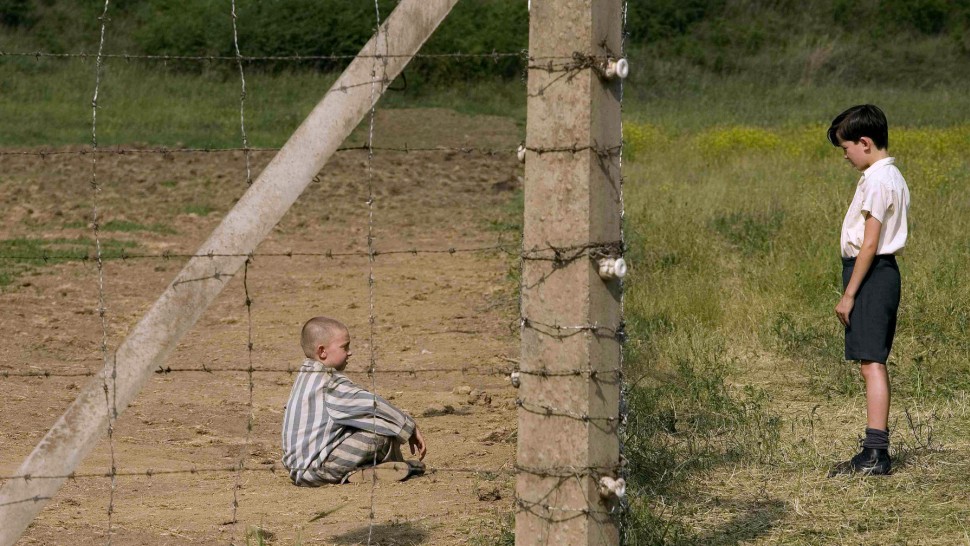The Boy in the Striped Pyjamas – Best resources for KS2 and KS3
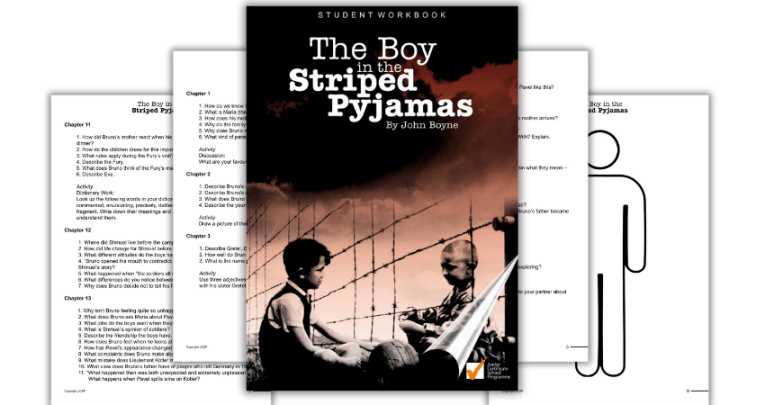
If you want to use John Boyne’s book and the film adaptation to teach the difficult subject of the Holocaust, we’ve picked out some of the best activities, worksheets and ideas to use in your classroom…

- by Teachwire
- Classroom expertise and free resources for teachers
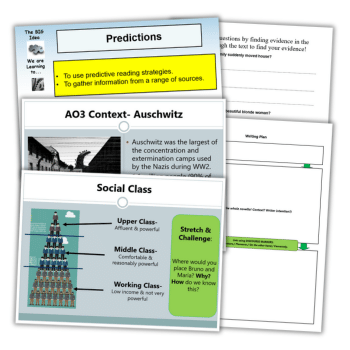
The Boy in the Striped Pyjamas was written by Irish novelist John Boyne back in 2006 and became a global sensation. The film adaptation came out two years later in 2008.
What is The Boy in the Striped Pyjamas about?
The Boy in the Striped Pyjamas is set during World War II. It follows Bruno, a nine-year-old boy who moves to Auschwitz because Adolf Hitler has made Bruno’s father a Commandant.
There he meets a new friend, a Jewish boy called Shmuel. Shmuel lives in a camp on the other side of a fence.
Written in the third person, but from Bruno’s naive viewpoint, the book allows younger readers to learn about the Holocaust with some semblance of safe distance.
Is The Boy in the Striped Pyjamas a true story?
The Boy in the Striped Pyjamas is a fictional story and not based on real events. While the novel has been praised for its poignant narrative and ability to engage young readers with historical themes, it has faced criticism for its historical inaccuracies and implausibilities.
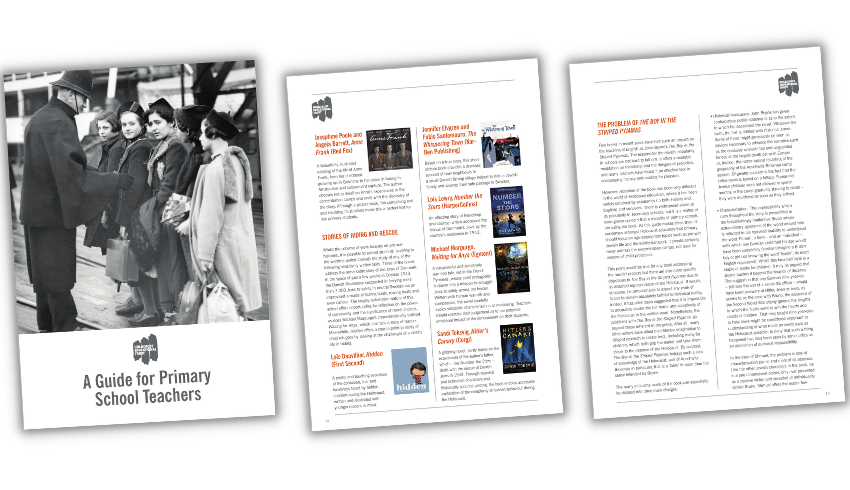
The Holocaust Education Trust sets out the issues it sees with the book in its guide for primary school teachers.
Its criticisms include historical inaccuracy and the characterisation and messages within the novel. The HET concludes that The Boy in the Striped Pyjamas “has given rise to deeply distorted perceptions of life and death in the camps.”
Alternative books that the HET recommends include:
- A Candle in the Dark – Adele Geras
- When Hitler Stole Pink Rabbit – Judith Kerr
- One Small Suitcase – Barry Turner
- Anne Frank: The Diary of a Young Girl (abridged for young readers)
- Hidden – Loic Dauvillier
- Number the Stars – Lois Lowry
- Waiting for Anya – Michael Morpurgo
- Hitler’s Canary – Sandi Toksvig
Browse more of the best WW2 books to use in your classroom.
While The Boy in the Striped Pyjamas can be a valuable tool for initiating discussions about the Holocaust, it’s crucial to supplement it with accurate historical information and ensure that students understand the real-life context.
Browse our selection of the best WW2 KS2 lesson plans and teaching ideas and teaching resources for Holocaust Memorial Day in January.
The Boy in the Striped Pyjamas teaching resources
Complete KS3 scheme of work
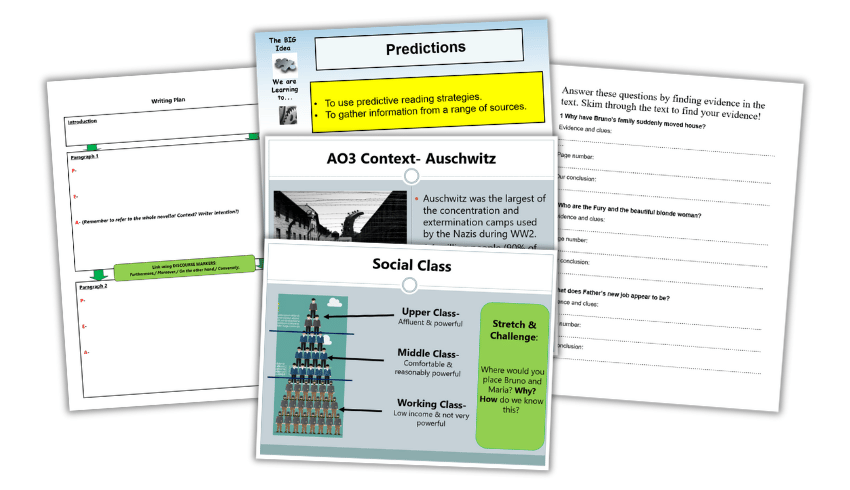
This free scheme of work for KS3 by English lead practitioner Laura Chamberlain-Brown about The Boy in the Striped Pyjamas features PowerPoints, lesson plans and worksheets for Chapters 1-20. There’s also an essay writing plan and film review, plus creative lessons.
Student workbook
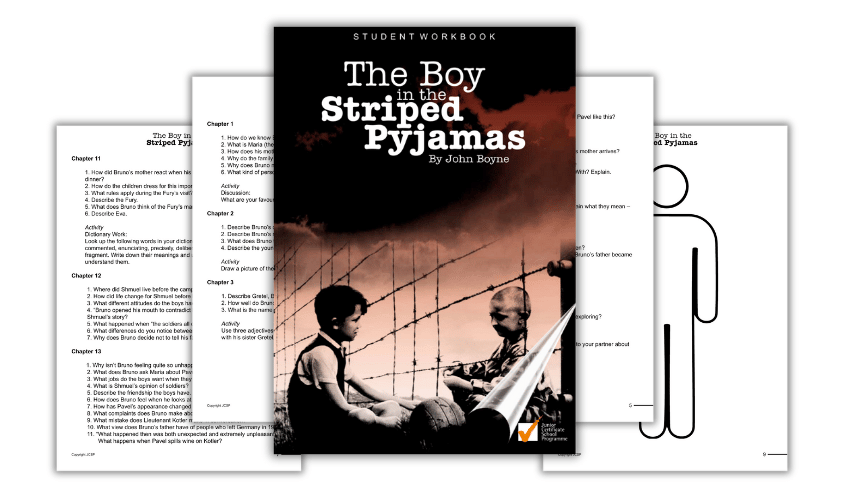
This free student workbook about The Boy in the Striped Pyjamas contains extensive chapter questions, discussion points, activity ideas. There’s also a wordsearch, reflections on the novel, exam preparation questions and questions about the film adaptation.
Trending
The Boy in the Striped Pyjamas film lesson
This Into Film guide is useful for exploring topics including English, literacy and citizenship in addition to highlighting themes surrounding historical periods, events and figures and World War Two.
You can download the PDF of activities to accompany the film where you’ll find talking points for before and after the film, and activities to do as well.
Plus there are links to resources for recommended films that cover similar themes.
Classroom study guide
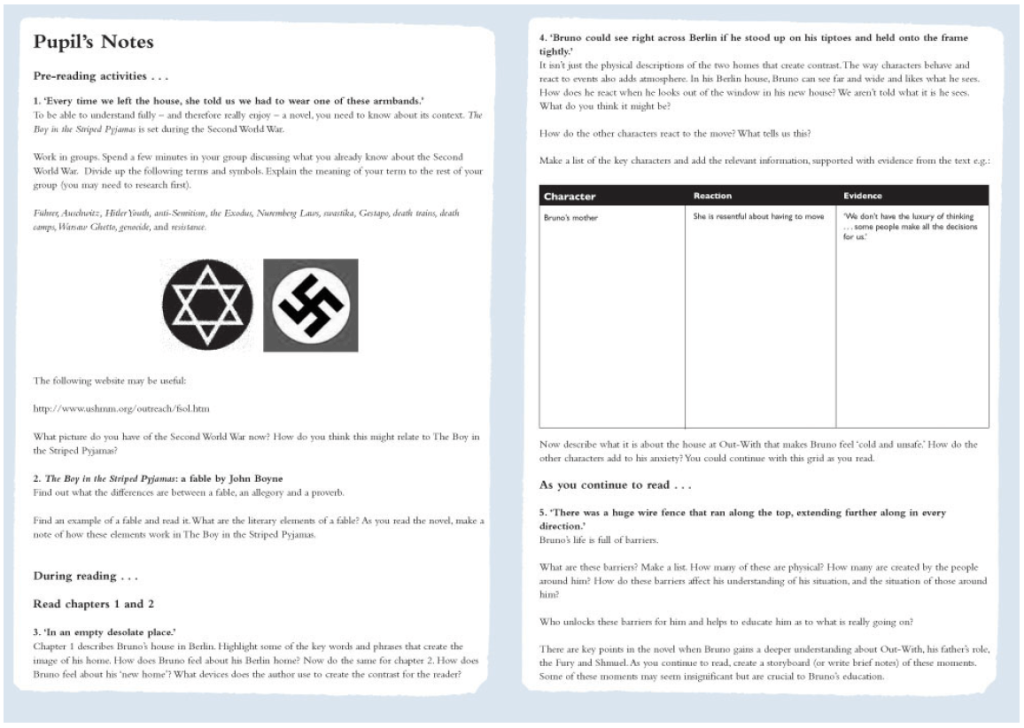
Over on the Scholastic site you can download this PDF of notes to support the classroom study of The Boy in the Striped Pyjamas.
They help set up the context of the novel, with background information about the Holocaust and the Second World War, and get students to look into why it is ‘a fable by John Boyne’, rather than an allegory or proverb.
There are then a range of activities set around passages from the first two chapters, and a page of teachers’ notes.
The Boy in the Striped Pyjamas worksheets
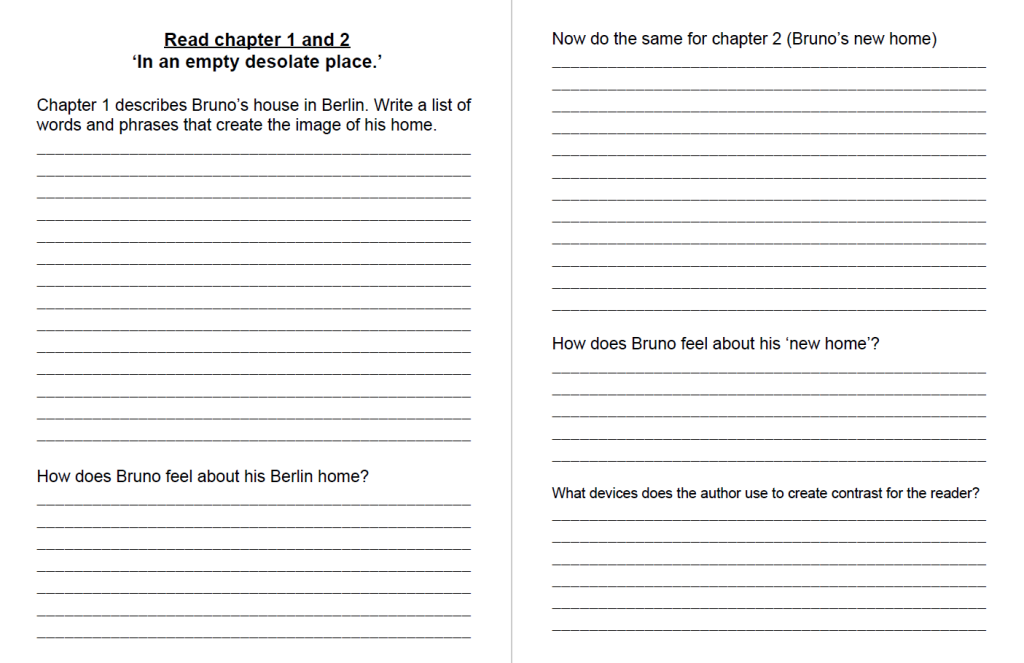
These simple worksheets from Sarah Clements feature 10 pages of questions and activities for children to work through, with space to write their answers. Plus, as it’s just a Word Doc, you can edit it to suit your lesson.
Analysing scenes from the film
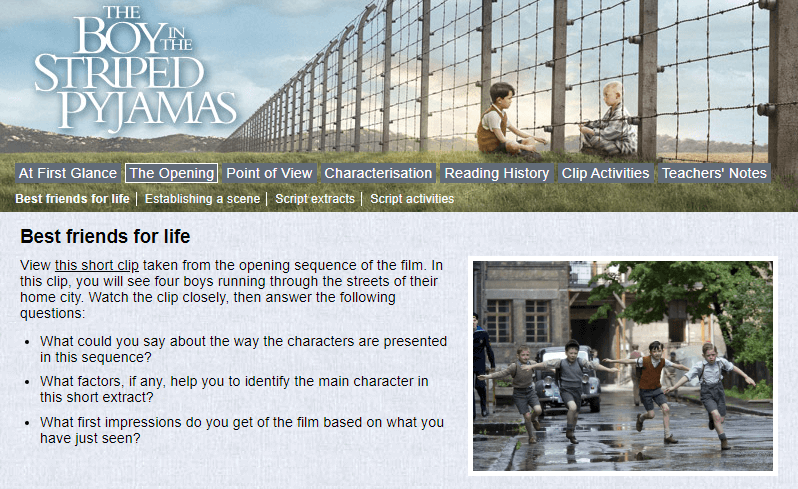
Over on the Film Education website there’s a nice little interactive page for The Boy in the Striped Pyjamas, that is divided into a number of sections: At First Glance, The Opening, Point of View, Characterisation, Reading History, Clip Activities and Teachers’ Notes.
Then there are subsections within each of those, featuring clips, interviews, script extracts and other activities.
Five KS3 activities
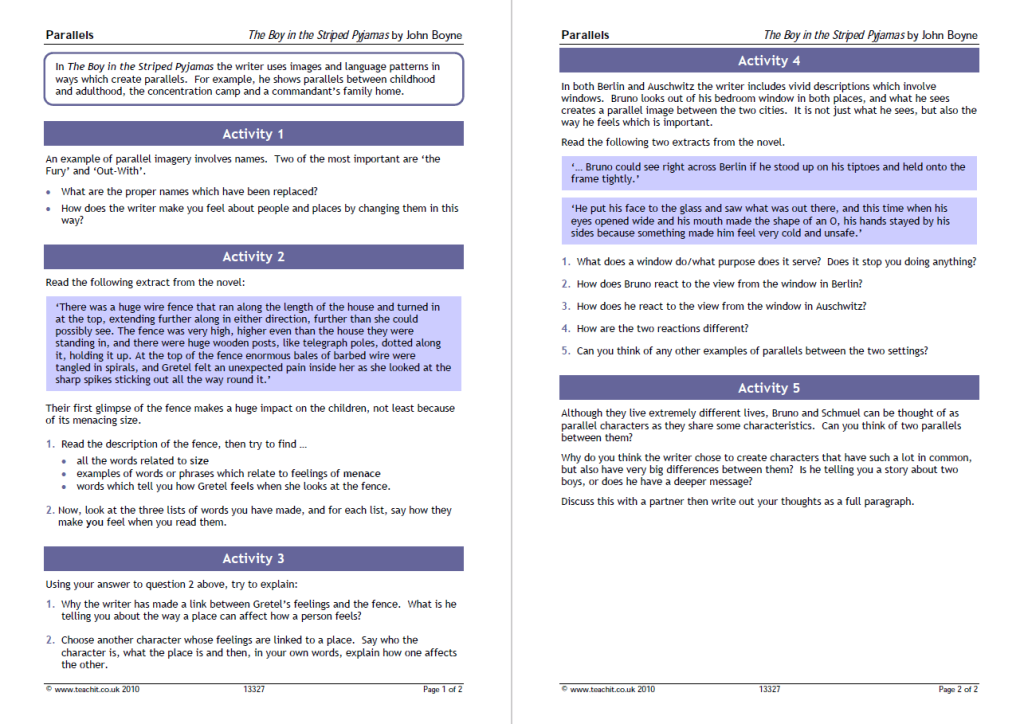
Teach It English has five different KS3 worksheets you can download for this book:
- Comparing Lieutenant Kotler and Pavel
- Bruno’s father on trial
- Who’s to blame for the deaths of Bruno and Shmuel?
- Word sort activity
- Parallels




